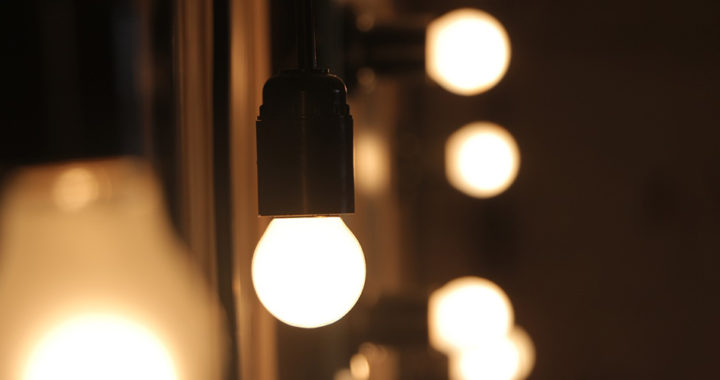Fluorescent lamps started replacing incandescent lamps in the 1950s following the commercialization of the underlying fluorescence technology. These lamps soon dominated the market in the 1980s and the 1990s.
On the other hand, light-emitting diode or LED lamps were under development as early as the 1960s, but these fixtures only produced light in the low red frequencies of the spectrum. It was not until the mid-2000s that high-brightness blue LED lamps started to become commercially viable.
The advantages of LED lamps over incandescent lamps, as well as fluorescent lamps have compelled researchers, governments, and environmental advocates to support their use. However, note that fluorescent lamps are still available in the market.
Comparing LED Lamps and Fluorescent: Which One Is Better?
1. Energy Efficiency
LED lamps are more energy efficient than fluorescent lamps and even compact fluorescent lamps or CFL. A LED lamp with 900 lumens of output only requires 9 watts while a CFL with only 600 lumens of output requires 15 watts. Hence, LED lamps can bring down electricity costs while also reduces the carbon footprint of a particular building or household.
2. Operational Lifespan
The average operational lifespan of CFL ranges from 6000 to 15000 hours. On the other hand, a typical LED lamp for residential use has an operational lifespan of between 30000 and 50000. Hence, between the two, LED lamps allow consumers to save not only costs but also time or effort associated with replacements.
3. Environmental Friendliness
Obviously, LED lamps are more environmentally friendly than fluorescent lamps because they are more energy efficient. Also, because they have longer operational lifespans, wastes from manufacturing and discarding these fixtures are lesser. Some components within a LED lamp can be reprocessed and recycled, and unlike a CFL, it does not contain toxic chemicals.
Conclusion: Why LED Lamps are Better than Fluorescent Lamps
Remember that the primary advantages of LED Lamps over fluorescent lamps are energy efficiency and longer operational lifespan. It is easy to say that these lighting fixtures are better replacement than fixtures based on fluorescence technology.
Undeniably, LED technology has replaced the dominance of fluorescent lamps in the market in the same manner as how fluorescence technology replaced the dominance of incandescent lamps. Also, LED technology has been expanded further to develop display technologies, including OLED display technology, as well as QLED technologies.
It is worth mentioning the fact that maximizing the advantages of LED lamps requires ensuring that the actual products come from reputable manufacturers.
Note that newer manufacturers have emerged to respond to the high demand. Some of them use low-quality materials and inconsistent quality testing to drive down manufacturing cost and increase their production volume, thus resulting in low-quality LED lamp outputs.





